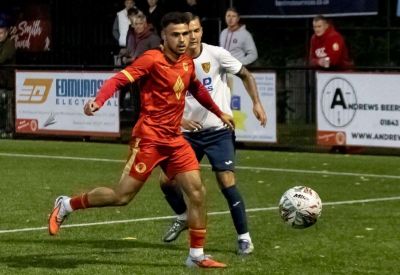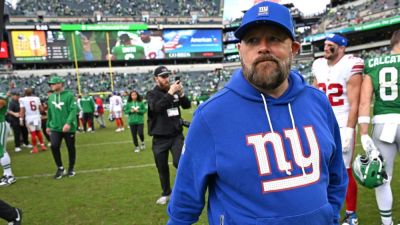Why the Canadian sport system is in financial disarray
In his bid to become the prime minister of Canada, Mark Carney turned to sports.
Not only did his “elbows up” campaign slogan sweep the nation, but in an ad, he delivered the rally cry alongside iconic actor Mike Myers just outside the boards of a hockey rink.
Carney went on to win the election, rallying votes through hockey imagery to counter threats from the United States at the time.
Months later, the 4 Nations Face-Off — the first best-on-best men’s hockey tournament since 2016 — brought Canadians back to that feeling of being inside the rink, capped by Connor McDavid’s overtime goal to beat the Americans.
It is apparent that Canadians rally around hockey. We know the sentiment exists with other sports too — think of this Blue Jays' World Series, or the Raptors’ 2019 title run, or Bianca Andreescu’s U.S. Open victory, or the men’s 4x100-metre relay gold medal at the Paris Olympics.
What’s less clear is why the political push to increase funding to sport in Canada — core funding has remained stagnant for 20 years, and some national sport organizations (NSOs) will have their budgets slashed next year — has not occurred.
“Prime Minister Mark Carney obviously loves sport and gets out there to cheer on Team Canada, but also recognizes that it just brings our communities together like nothing else," Adam van Koeverden, the Olympic sprint kayak champion and four-time medallist who now serves as secretary of state for sport, told CBC Sports.
"So there's every good reason to look at how we continue to develop this incredible thing while bringing along every level of potential funding and investment.”
There is little disagreement over the benefit of sports to the country.
In 2019, the Canadian Olympic Committee (COC)





